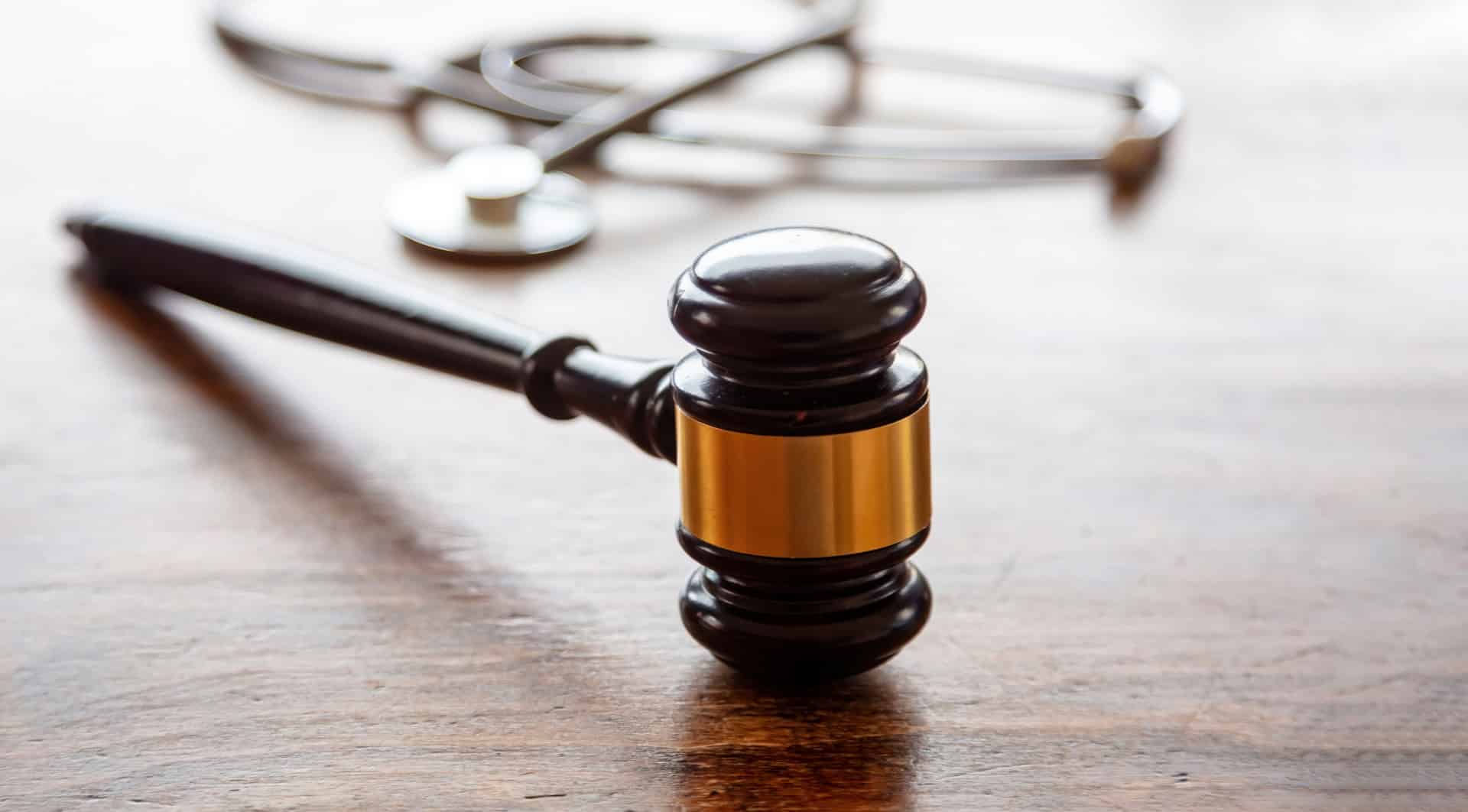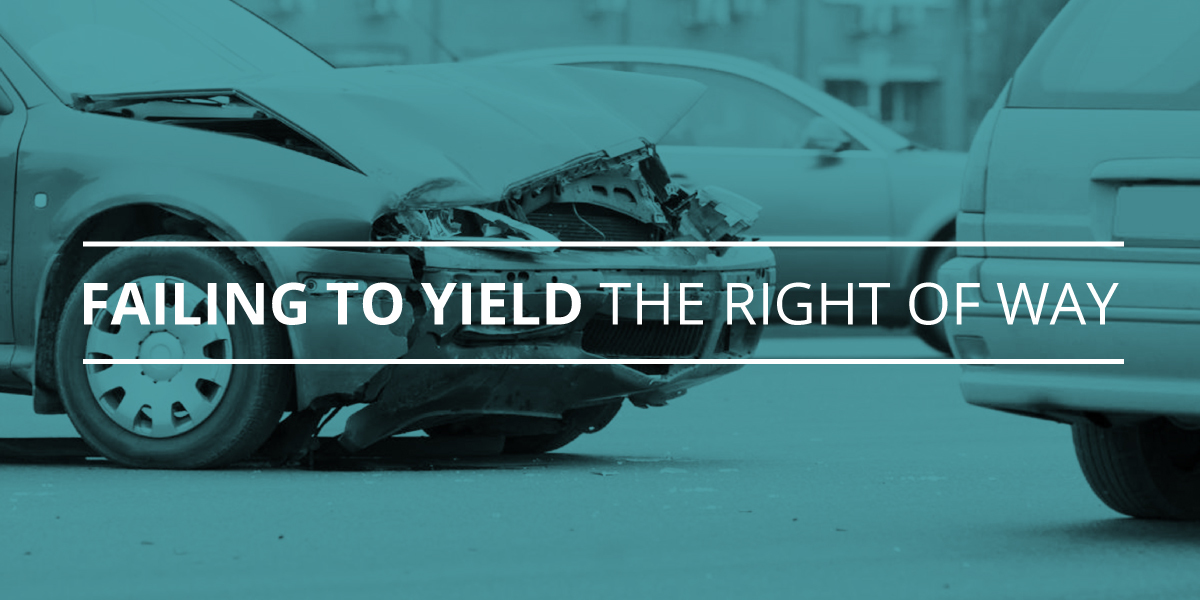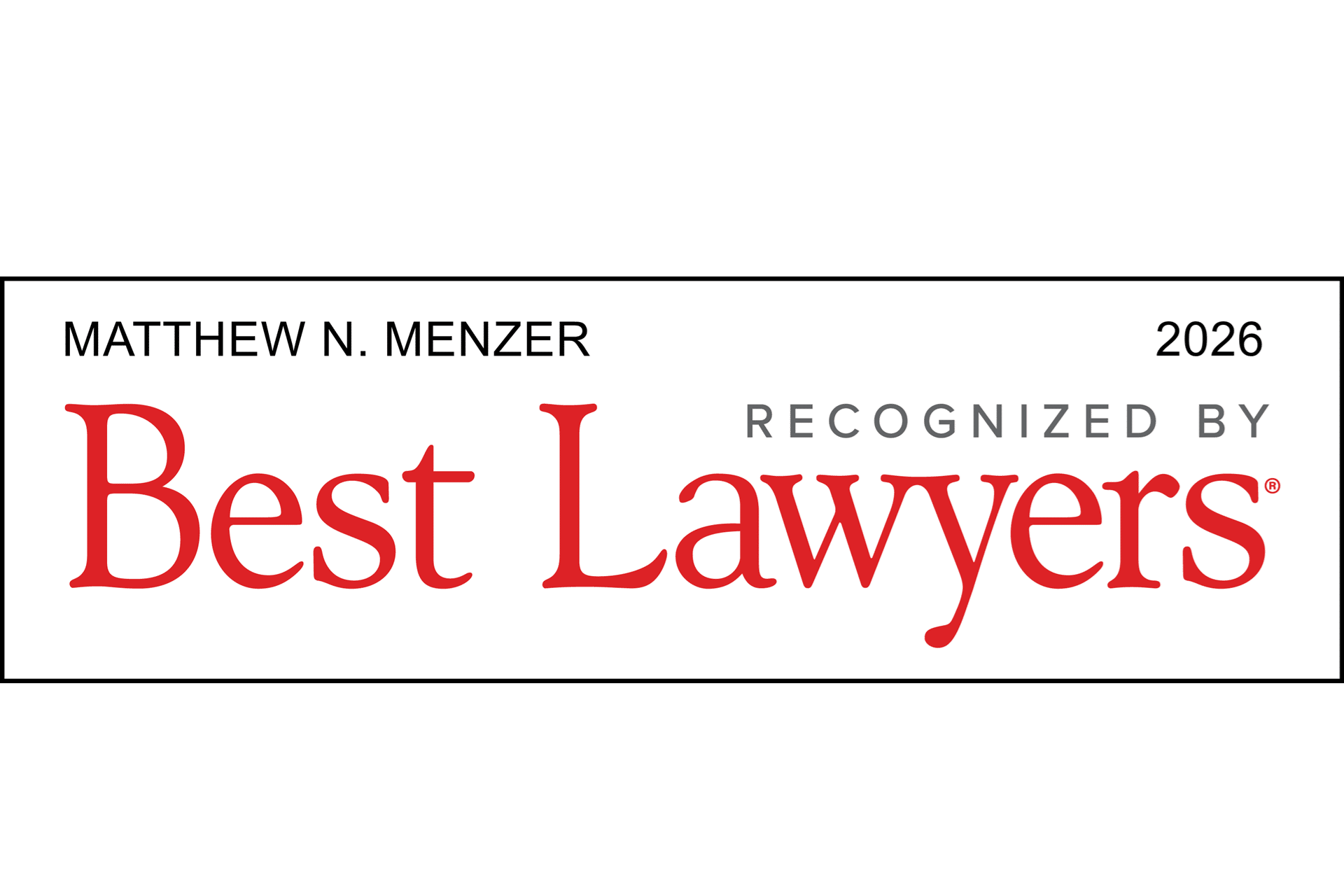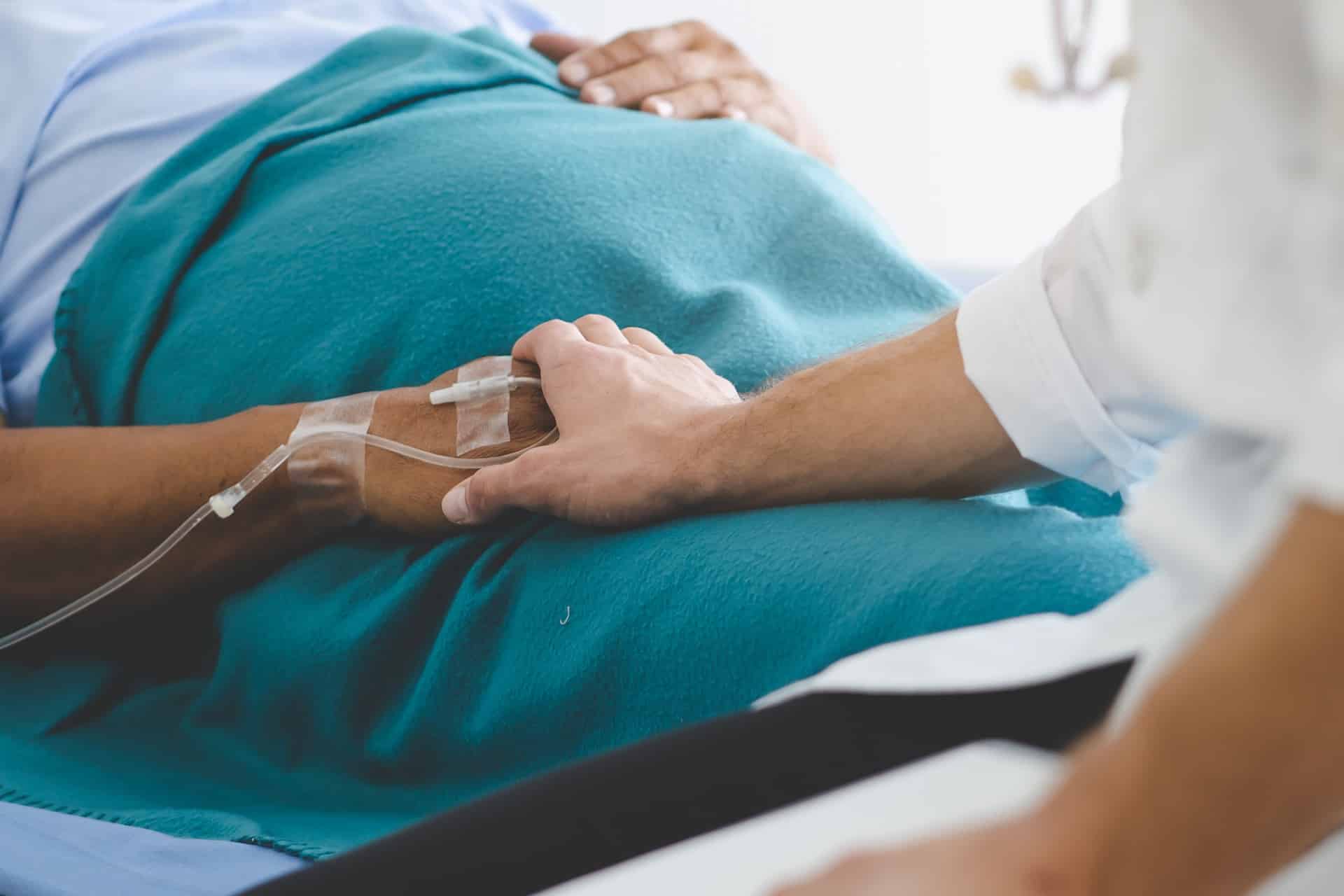Failure to Yield Accidents in Seattle – There are countless intersections, crosswalks, and merging lanes throughout Seattle and King County that require certain drivers to yield to other vehicles, cyclists, and pedestrians. Sometimes, a traffic sign dictates the requirement to yield. Many other times, it is an inherent rule. Drivers are expected to know when they need to yield to someone else.
Whether the requirement to yield is from a sign or a rule of the road, many Seattle drivers fail to yield the right of way to someone who has the right to go first. Whether this was a slip of the mind, a failure to notice another vehicle, or deliberate act, failing to yield is a serious offense. Failure to yield often leads to serious collisions, resulting in significant property damage, injuries, and fatalities.
What Does it Mean to Yield?
A driver who must yield to another party may need to maintain speed, slow down, or stop to let the other party move first. To yield means to let one or more parties progress through the merger or intersection first. Yielding applies to vehicles, motorcycles, bicycles, pedestrians, and other types of vehicles.
When a driver is required to yield, they may need to wait for one or several vehicles or people. It depends on the circumstances. A driver who is yielding the right of way at a four-way stop may only have to wait for one vehicle to move through the intersection before it is their turn. However, a driver who is required to yield to pedestrians may need to wait for several people to cross a street.
Who Has the Right of Way?
The requirement to yield the right of way can be confusing. When there is yellow, triangle “yield” sign, drivers know they need to watch for merging traffic and yield to any oncoming vehicles. However, the duty to yield arises in all sorts of circumstances in which who has the right of way is not clearly defined by law or a sign.
During the driver’s education training, new drivers learn to yield to the driver on the right. This rule refers to entering a controlled intersection at the same time as another vehicle. If you pull up to a four-way stop at the same time as another car, you must determine if you are the vehicle to the right or if the other car is. Whoever is the vehicle to the right progresses through the intersection first.
Another person or vehicle has the right of way in a variety of other circumstances. Times when a driver must yield the right of way to others include:
- A driver must yield to a person using a guide dog.
- A driver must yield to a person using a white cane, which indicates a visual impairment.
- Arriving at an uncontrolled intersection where other vehicles are already present, a driver must yield to the vehicles that arrived before them.
- At “T” intersections, a driver must yield to vehicles on the through road.
- When turning left, the driver must yield to all oncoming vehicles and pedestrians.
- When driving on an unpaved road, a driver must yield at intersections to vehicles on a paved road.
- When a driver returns to the roadway after being parked, the driver must yield to traffic.
Washington’s Stop and Yield Law
If you were injured in an accident because another driver failed to yield, then Washington law may be an important factor in your claim for compensation.
Washington’s law regarding vehicles entering a stop or yield intersection, RCW 46.61.190, is in effect until January 1, 2020. (After that date, a new provision protecting certain vulnerable parties will go into effect.)
The law describes how drivers should handle stop- and yield-sign-controlled junctures. Every driver of a vehicle approaching a stop sign shall stop at a marked stop line. If there is no stop line, the driver should stop before entering a marked crosswalk on the near side of the intersection. If there is no crosswalk either, then the driver should stop at the point nearest the intersecting roadway where they have a view of approaching traffic on the intersecting roadway before entering the roadway.
After stopping, the driver shall yield the right-of-way to any vehicle in the intersection or approaching on another road so closely as to constitute an immediate hazard when the driver would move across or within the intersection or junction of roadways.
Any driver approaching a yield sign shall slow down to a reasonable speed for the current conditions. If necessary, the driver shall stop at a marked stop line, before entering the nearest crosswalk, or at the point where they have a view of approaching traffic. Then, after slowing or stopping, the driver shall yield the right of way to any vehicle in the intersection or approaching another roadway so closely to constitute a hazard if the driver were to proceed forward.
If a driver is involved in a collision with a vehicle in the intersection or junction of roadways after driving past a yield sign without stopping, then the collision is used as evidence of the driver’s failure to yield the right of way.
Beginning on January 1, 2020, the provisions above will still be in effect. But also, when a driver violates the right of way and fails to yield to a vulnerable user of a public way, they face an additional fine.
Washington defines vulnerable users of a public way in RCW 46.61.526(11)(c) as pedestrians, persons riding an animal, or persons operating farm tractors or equipment, bicycles, electric-assisted bikes, electric personal assistive mobility devices, mopeds, motor-driver cycles, motorized foot scooters, or motorcycles.
Were You Hurt in a Crash When Another Driver Failed to Yield?
If you are dealing with serious injuries or the loss of a loved one because another driver in Seattle failed to yield the right of way, contact Menzer Law at (206) 903-1818 or through our online form. We offer complimentary case reviews.





